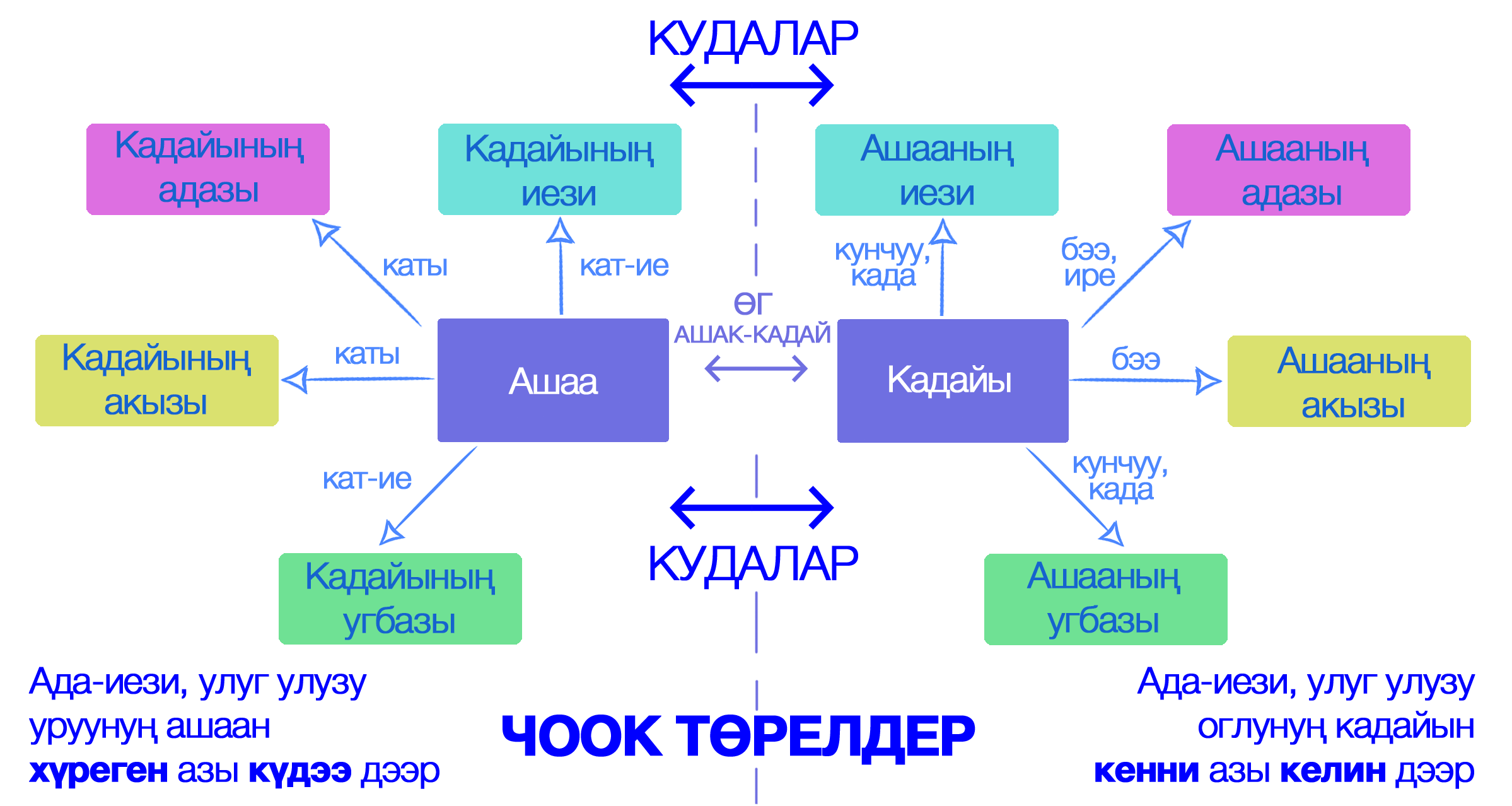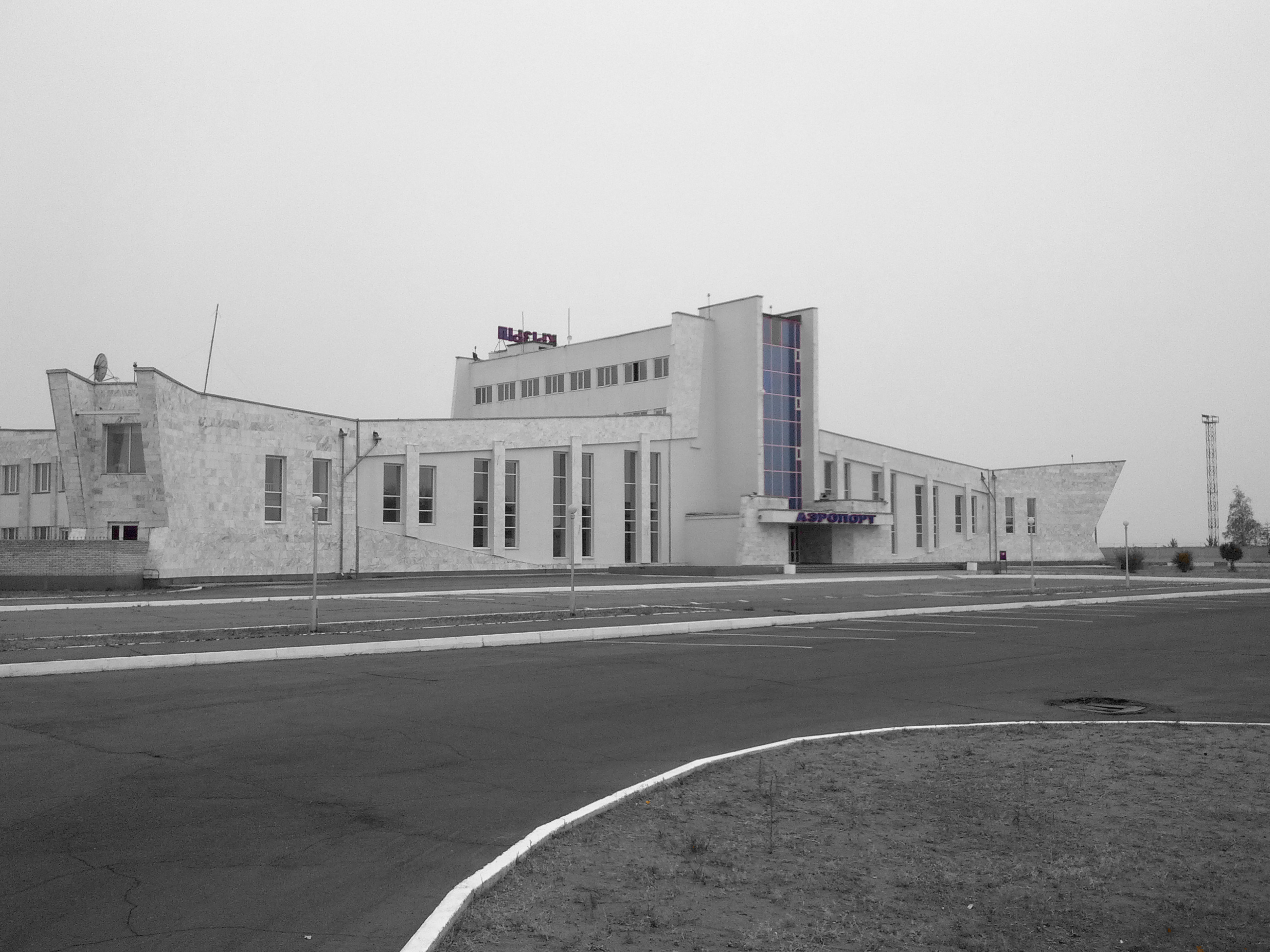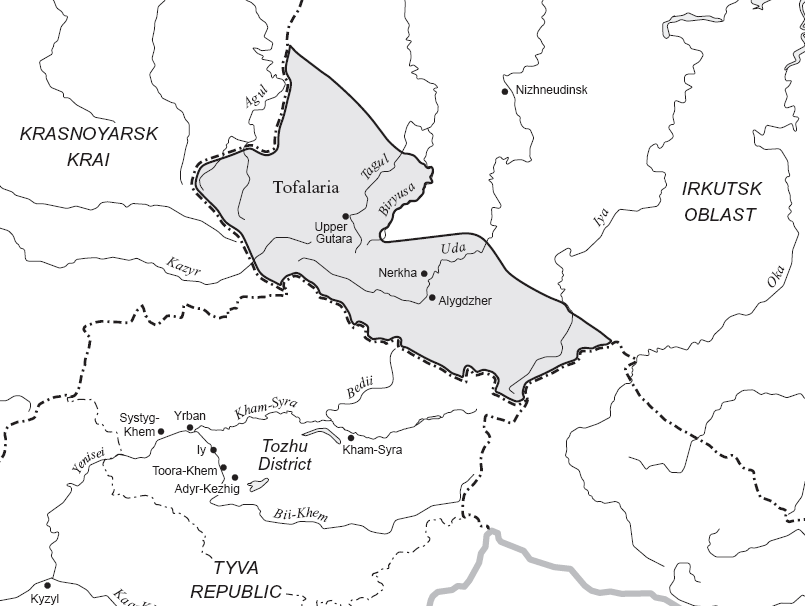|
Tuvin
Tuvan or Tyvan (Tuvan: , ''tyva dyl'', ) is a Turkic language spoken in the Republic of Tuva in South-Central Siberia in Russia. The language has borrowed a great number of roots from the Mongolian language, Tibetan and the Russian language. There are small diaspora groups of Tuvan people that speak distinct dialects of Tuvan in the People's Republic of China and in Mongolia. History While this history focuses on mostly the people of Tuva, many linguists argue that language is inevitably intertwined with the socio-historical situation of a language itself. The earliest record of Tuvan is from the early 19th century by ''Wūlǐyǎsūtái zhìlüè'' (), Julius Klaproth 1823, Matthias Castrén 1857, Katanov and Vasily Radlov, etc. The name Tuva goes back as early as the publication of '' The Secret History of the Mongols''. The Tuva (as they refer to themselves) have historically been referred to as Soyons, Soyots or Uriankhais. The Tuvan people have been ruled b ... [...More Info...] [...Related Items...] OR: [Wikipedia] [Google] [Baidu] |
Kyzyl Orkhon Inscription
Kyzyl (; Tuvan and russian: Кызыл; , ) is the capital city of the republic of Tuva, Russia. The name of the city means "red" or "crimson" in Tuvan (and in many other Turkic languages). Its population was History The city was founded in 1914 as Belotsarsk (russian: Белоцарск, link=no, ; "White Tsar's town"). In 1918, it was renamed Hem-Beldir ( tyv, Хем-Белдир, link=no, ). In 1926 it was given its present name. When the city was the capital of Tannu Tuva, it was named Kizil Khoto. In September 2014, Kyzyl celebrated its 100th anniversary as a city. The settlement was founded in 1914 by Russian settlers immediately after the entry of the then Uryanhai Territory under the protectorate of the Russian Empire called '' Belotsarsk ''. In 1918, in connection with the revolution and the antimonarchist movement, it was renamed to Khem-Beldyr, and in 1926 to Kyzyl ( Tuv .: ''red''). In 1921–1944, the city was the capital of Tuvan People's Republic, from ... [...More Info...] [...Related Items...] OR: [Wikipedia] [Google] [Baidu] |
Tofa Language
Tofa, also known as Tofalar or Karagas, is a moribund Turkic language spoken in Russia's Irkutsk Oblast by the Tofalars. Recent estimates for speakers run from 93 people to fewer than 40. Classification Tofa is most closely related to the Tuvan language and forms a dialect continuum with it. Tuha and Tsengel Tuvan may be dialects of either Tuvan or Tofa. Tofa shares a number of features with these languages, including the preservation of *d as /d/ (as in ''hodan'' "hare" - compare Uzbek ''quyon'') and the development of low tones on historically short vowels (as in *''et'' > ''èt'' "meat, flesh"). Alexander Vovin (2017) notes that Tofa and other Siberian Turkic languages, especially Sayan Turkic, have Yeniseian loanwords. Geographical and demographical distribution The Tofa, who are also known as the Tofalar or Karagas, are an indigenous people living in southwestern Irkutsk Oblast, in Russia. The region they inhabit is informally known as Tofalaria. They are traditionally ... [...More Info...] [...Related Items...] OR: [Wikipedia] [Google] [Baidu] |
Altai Mountains
The Altai Mountains (), also spelled Altay Mountains, are a mountain range in Central Asia, Central and East Asia, where Russia, China, Mongolia and Kazakhstan converge, and where the rivers Irtysh and Ob River, Ob have their headwaters. The massif merges with the Sayan Mountains in the northeast, and gradually becomes lower in the southeast, where it merges into the high plateau of the Gobi Desert. It spans from about 45° to 52° N and from about 84° to 99° E. The region is inhabited by a sparse but ethnically diverse population, including Russian people, Russians, Kazakh people, Kazakhs, Altai people, Altais, Mongol people, Mongols and Volga Germans, though predominantly represented by indigenous ethnic minorities of semi-nomadic stock. The local economy is based on bovine, sheep, horse animal husbandry, husbandry, hunting, agriculture, forestry, and mining. The Altaic languages, Altaic language family takes its name from this mountain range. Etymology and modern names ... [...More Info...] [...Related Items...] OR: [Wikipedia] [Google] [Baidu] |
Tuva
Tuva (; russian: Тува́) or Tyva ( tyv, Тыва), officially the Republic of Tuva (russian: Респу́блика Тыва́, r=Respublika Tyva, p=rʲɪˈspublʲɪkə tɨˈva; tyv, Тыва Республика, translit=Tyva Respublika ), is a federal subject of Russia (a republic, also defined in the Constitution of the Russian Federation as a state). The Tuvan Republic lies at the geographical center of Asia, in southern Siberia. The republic borders the Altai Republic, the Republic of Khakassia, Krasnoyarsk Krai, Irkutsk Oblast, and the Republic of Buryatia in Russia and Mongolia to the south. Tuva has a population of 307,930 ( 2010 census). Its capital is the city of Kyzyl. From 1921 to 1944, Tuva constituted a sovereign, independent, but partially recognized nation, acknowledged only by its neighbors the Soviet Union and Mongolia. It was known officially as Tannu Tuva until 1926 and thereafter as the Tuvan People's Republic. A majority of the population are ethni ... [...More Info...] [...Related Items...] OR: [Wikipedia] [Google] [Baidu] |
Tuvans
The Tuvans ( tyv, Тывалар, Tıvalar) are a TurkicOtto Maenchen-Helfen, Journey to Tuva, p. 169 ethnic group indigenous to Siberia who live in Russia (Tuva), Mongolia, and China. They speak Tuvan, a Siberian Turkic language. They are also regarded in Mongolia as one of the Uriankhai peoples. Tuvans have historically been cattle-herding nomads, tending to herds of goats, sheep, camels, reindeer, cattle and yaks for the past thousands of years. They have traditionally lived in yurts covered by felt or chums, layered with birch bark or hide that they relocate seasonally as they move to newer pastures. Traditionally, the Tuvans were divided into nine regions called ''khoshuun'', namely the Tozhu, Salchak, Oyunnar, Khemchik, Khaasuut, Shalyk, Nibazy, Daavan and Choodu, and Beezi. The first four were ruled by Uriankhai Mongol princes, while the rest were administered by Borjigin Mongol princes. History Besides prehistoric rock-carvings to be found especially along the Ye ... [...More Info...] [...Related Items...] OR: [Wikipedia] [Google] [Baidu] |
Dukha People
The Dukha, DukhansElisabetta Ragagnin (2011)Dukhan, a Turkic Variety of Northern Mongolia, Description and Analysis Harrassowitz Verlag, Wiesbaden or Duhalar ( mn, Цаатан, Tsaatan) are a small Tuvan (Tozhu Tuvans) Turkic community of semi-nomadic reindeer herdersRégis DefurnauxOn the Move With Mongolia’s Nomadic Reindeer Herders ''New York Times'' (August 23, 2021). living in Khövsgöl, the northernmost province of Mongolia. The name Tsaatan, which means ‘those who have reindeer’ in the Mongolian language, were originally Tuvinian reindeer herders. Language The Dukhan language (SIL International dkh) is an endangered Turkic variety spoken by approximately five hundred people in the Tsagaan-Nuur county of the Khövsgöl region of northern Mongolia. Dukhan belongs to the Taiga subgroup of Sayan Turkic ( Tuvan, Tofa). History Origin Originally from across the border in what is now Tuva Republic of Russia, the Dukha are one of the last groups of nomadic re ... [...More Info...] [...Related Items...] OR: [Wikipedia] [Google] [Baidu] |
Siberia
Siberia ( ; rus, Сибирь, r=Sibir', p=sʲɪˈbʲirʲ, a=Ru-Сибирь.ogg) is an extensive geographical region, constituting all of North Asia, from the Ural Mountains in the west to the Pacific Ocean in the east. It has been a part of Russia since the latter half of the 16th century, after the Russians conquered lands east of the Ural Mountains. Siberia is vast and sparsely populated, covering an area of over , but home to merely one-fifth of Russia's population. Novosibirsk, Krasnoyarsk and Omsk are the largest cities in the region. Because Siberia is a geographic and historic region and not a political entity, there is no single precise definition of its territorial borders. Traditionally, Siberia extends eastwards from the Ural Mountains to the Pacific Ocean, and includes most of the drainage basin of the Arctic Ocean. The river Yenisey divides Siberia into two parts, Western and Eastern. Siberia stretches southwards from the Arctic Ocean to the hills of north-ce ... [...More Info...] [...Related Items...] OR: [Wikipedia] [Google] [Baidu] |
Russia
Russia (, , ), or the Russian Federation, is a List of transcontinental countries, transcontinental country spanning Eastern Europe and North Asia, Northern Asia. It is the List of countries and dependencies by area, largest country in the world, with its internationally recognised territory covering , and encompassing one-eighth of Earth's inhabitable landmass. Russia extends across Time in Russia, eleven time zones and shares Borders of Russia, land boundaries with fourteen countries, more than List of countries and territories by land borders, any other country but China. It is the List of countries and dependencies by population, world's ninth-most populous country and List of European countries by population, Europe's most populous country, with a population of 146 million people. The country's capital and List of cities and towns in Russia by population, largest city is Moscow, the List of European cities by population within city limits, largest city entirely within E ... [...More Info...] [...Related Items...] OR: [Wikipedia] [Google] [Baidu] |
Khakas Language
Khakas (also known as Xakas, endonym: хакас тілі, ''khakas tįlį'', тадар тілі, ''tadar tįlį'') is a Turkic language spoken by the Khakas people, who mainly live in the southwestern Siberian Khakas Republic, in Russia. The Khakas number 73,000, of whom 42,000 speak the Khakas language. Most Khakas speakers are bilingual in Russian. Traditionally, the Khakas language is divided into several closely related dialects, which take their names from the different tribes: , , Koybal, Beltir, and Kyzyl. In fact, these names represent former administrative units rather than tribal or linguistic groups. The people speaking all these dialects simply referred to themselves as Tadar (i.e. Tatar). History and documentation The people who speak the Fuyu Kyrgyz language originated in the Yenisei region of Siberia but were relocated into the Dzungar Khanate by the Dzungars, and then the Qing moved them from Dzungaria to northeastern China in 1761, and the name may be due to ... [...More Info...] [...Related Items...] OR: [Wikipedia] [Google] [Baidu] |
Altai Language
Altai ( alt, Алтай тил, Altay til) is a set of Turkic languages, spoken officially in the Altai Republic, Russia. The standard vocabulary is based on the Southern Altai language, though it's also taught to and used by speakers of the Northern Altai language as well. Gorno–Altai refers to a subgroup of languages in the Altai Mountains. The languages were called Oyrot (ойрот) prior to 1948. Altai is spoken primarily in the Altai Republic. There is a small community of speakers in the neighbouring Altai Krai as well. Classification Due to its isolated position in the Altai Mountains and contact with surrounding languages, the classification of Altai within the Turkic languages has often been disputed. Because of its geographic proximity to the Shor and Khakas languages, some classifications place it in a Northern Turkic subgroup. Due to certain similarities with Kyrgyz, it has been grouped as the Kyrgyz–Kipchak subgroup with the Kypchak languages which is within ... [...More Info...] [...Related Items...] OR: [Wikipedia] [Google] [Baidu] |
Mongolic Languages
The Mongolic languages are a language family spoken by the Mongolic peoples in Eastern Europe, Central Asia, North Asia and East Asia, mostly in Mongolia and surrounding areas and in Kalmykia and Buryatia. The best-known member of this language family, Mongolian, is the primary language of most of the residents of Mongolia and the Mongol residents of Inner Mongolia, with an estimated 5.7+ million speakers. Classification The Mongolic languages have no convincingly established living relatives. The closest relatives of the Mongolic languages appear to be the para-Mongolic languages, which include the extinct Khitan, Tuyuhun, and possibly also Tuoba languages. A few linguists have grouped Mongolic with Turkic, Tungusic and possibly Koreanic and Japonic as part of the widely discredited Altaic family. History The stages of Historical Mongolic are: * Pre-Proto-Mongolic, from approximately the 4th century AD until the 12th century AD, influenced by Common Turkic, and previo ... [...More Info...] [...Related Items...] OR: [Wikipedia] [Google] [Baidu] |
Khemchik
The Khemchik (russian: Хемчик; tyv, Хемчик, ''Xemçik'') is a river in Tuva in Russia, a left tributary of the Yenisey. The length of the river is 320 km, the area of its drainage basin is 27,000 km². The Khemchik freezes up in November and remains icebound until late April - early May. Its main tributaries are the Alash and Ak-Sug from the left, and the Barlyk and Chadan from the right.Хемчик The town Ak-Dovurak is located in the valley of the Khemchik. See also * |






